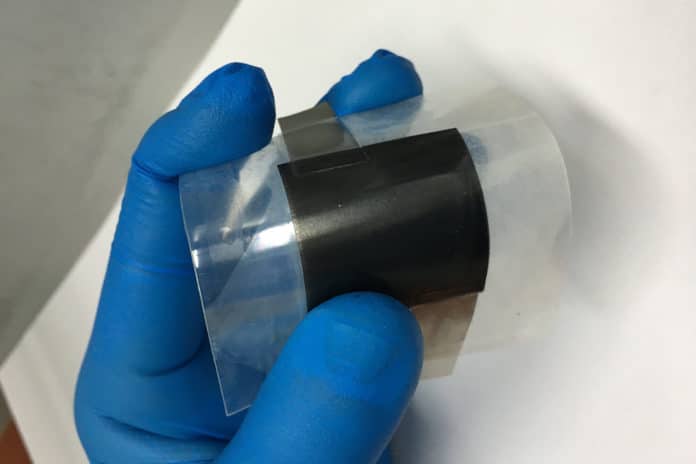Supercapacitors are entirely new material. Unlike conventional capacitors, they can be charged almost instantly and, if necessary, discharge a huge amount of energy, making supercapacitors the perfect replacement for the already old battery technology. Also, supercapacitors have a much longer life than existing Li-ion batteries.
Now, scientists from University College London and the Chinese Academy of Sciences have developed a new flexible graphene-based supercapacitor that can safely charge at high speed and accumulate a record amount of energy that can be stored for a long time.
Although this device is still in the prototype stage, the researchers are already talking about the impressive potential that ensures its widespread use as an effective energy storage device. This is an important technological breakthrough; it will allow supercapacitors to replace modern batteries in wearable electronics, smartphones, electric vehicles, and other devices, reducing their charging time to several minutes.
The results of the work of scientists are published in the journal Nature Energy. It describes how to overcome the main problem of powerful and fast-charging supercapacitors – the inability to store a relatively large amount of energy in a relatively small volume.

The supercapacitor uses an innovative multilayer graphene electrode with pores, the size of which can be changed to more efficiently store energy. It can bend at an angle of 180 degrees without losing its performance and does not require a liquid electrolyte, which minimizes the risk of explosion. Because it consists only of flexible materials (gel, graphene, and plastic), this supercapacitor is flexible.
Ultimately, of course, everyone cares about long life. The researchers tested a 6 X 6 cm supercapacitor and retained 97.8% of its capacity after 5,000 charge-discharge cycles. These qualities are ideal for new foldable phones or wearable electronics.
This allows you to maximize the energy density to a record of 88.1 Wh/L (Watt-hour per liter) – the highest reported energy density for carbon-based supercapacitors.
Existing solutions for superchargers with fast charging have a relatively low energy density of 5-8 Wh/L, while traditional slowly charged, but long-lasting, lead-acid batteries used in electric vehicles usually have 50-90 Wh/L. That is, the prototype of the new supercapacitor is comparable with the upper limit of the efficiency of the latest lead batteries. Power density is even more impressive at 10,000 Watt per liter.
What does this mean? Scientists give a scenic example – imagine you could charge your electric car in just 10 minutes. And a smartphone would take just a couple of minutes. And don’t think it’s a very slim device that should be replaced every year.
Of course, there is still a need to improve the design, polishing some details, but in a few years, such devices can reach the market.
